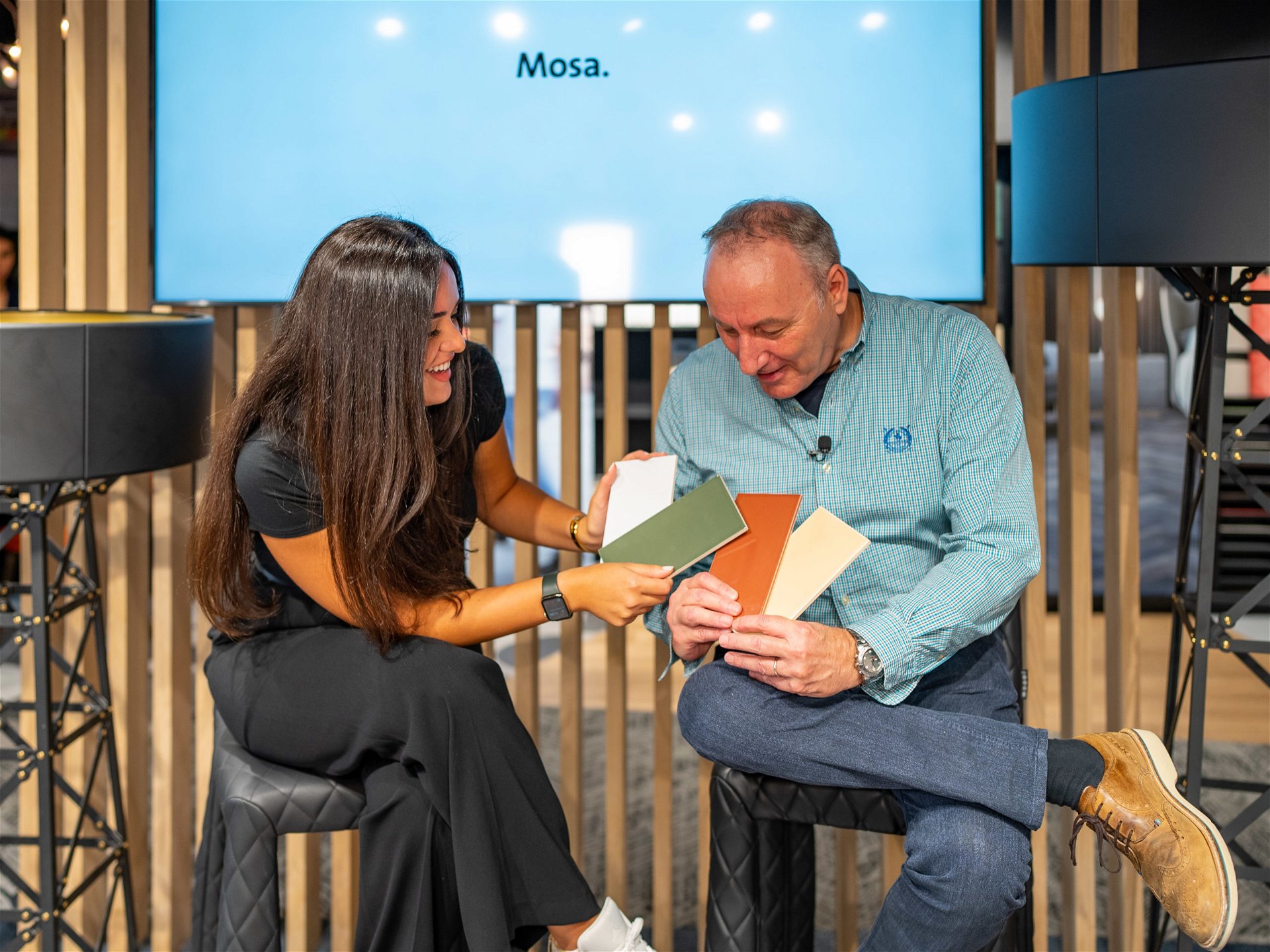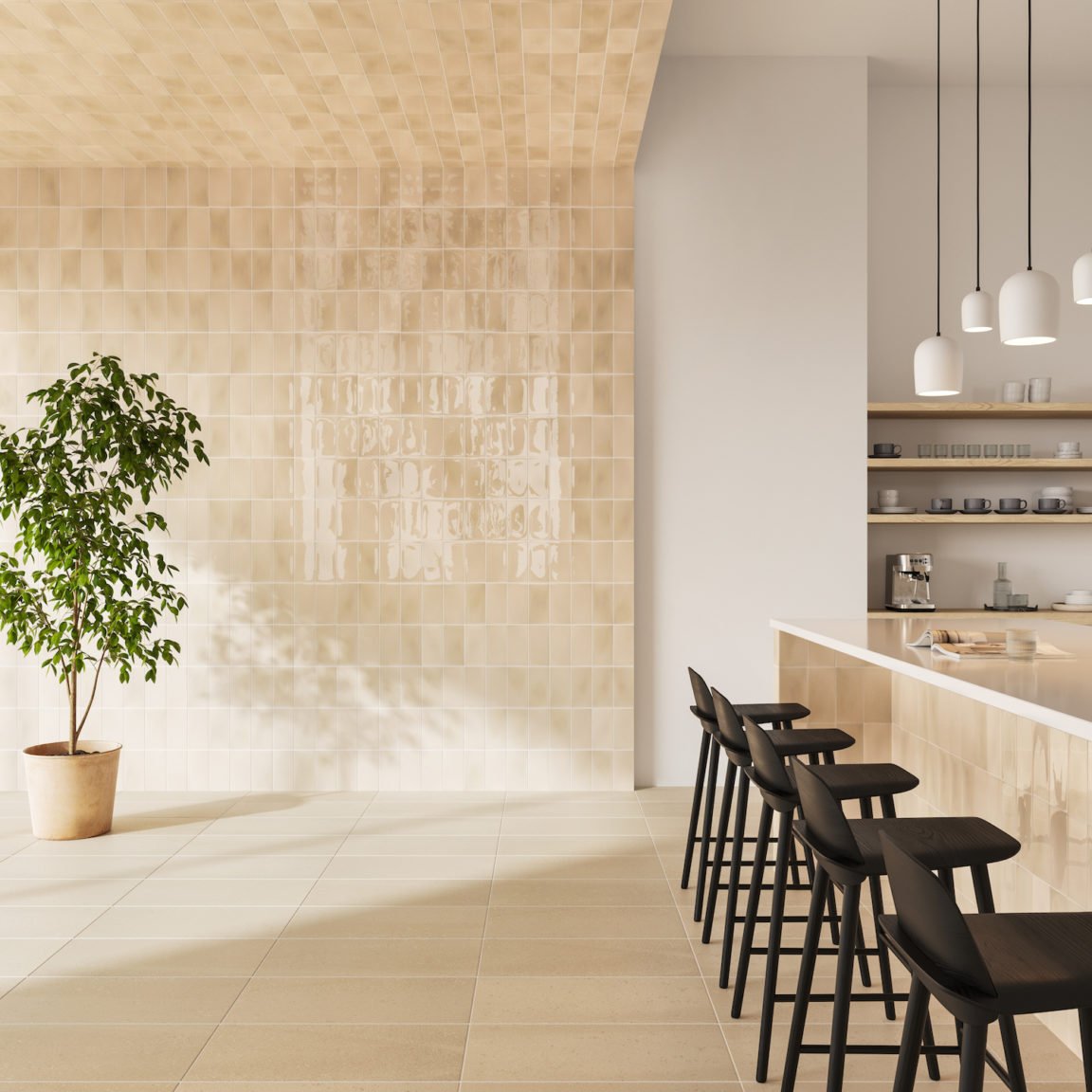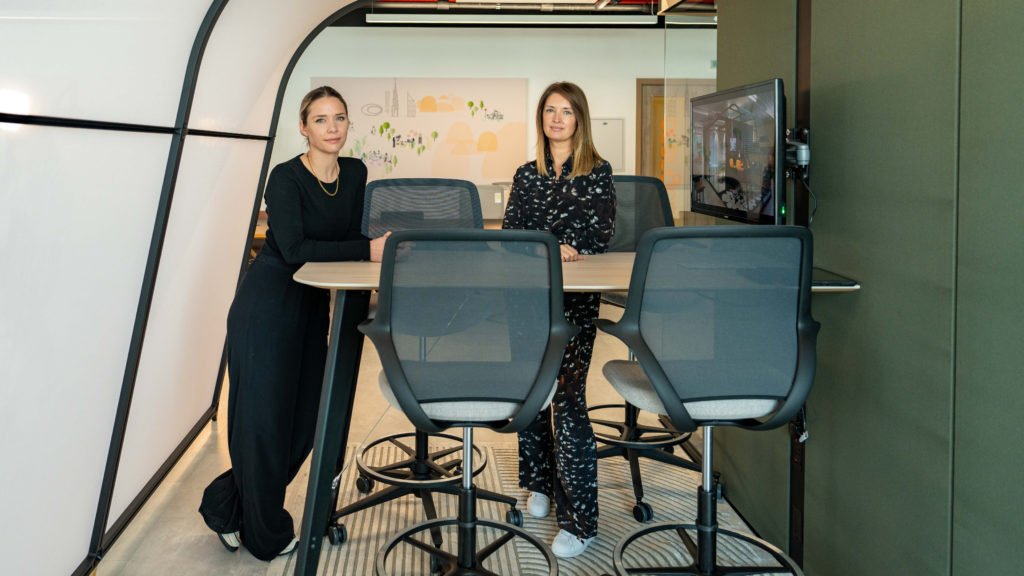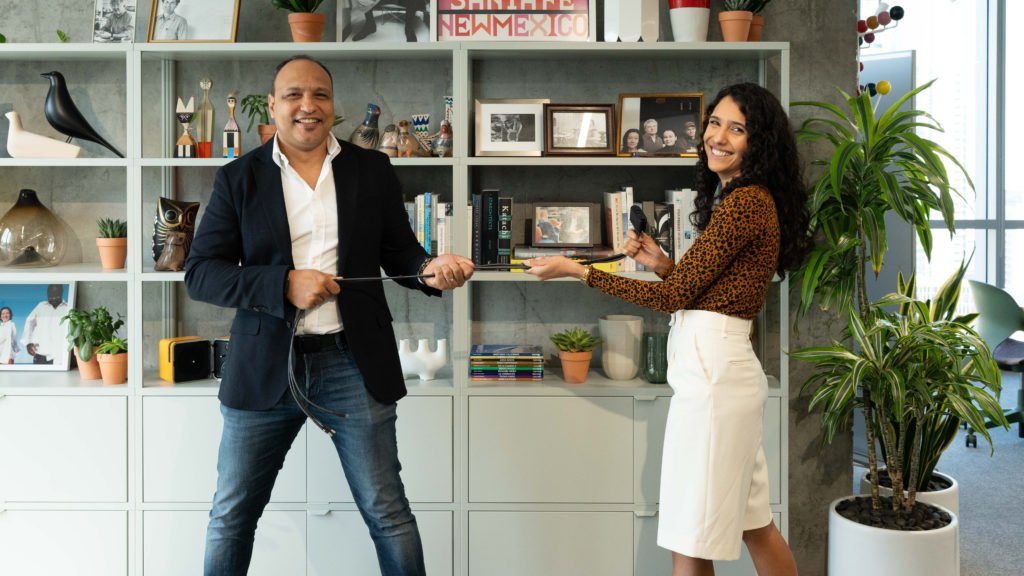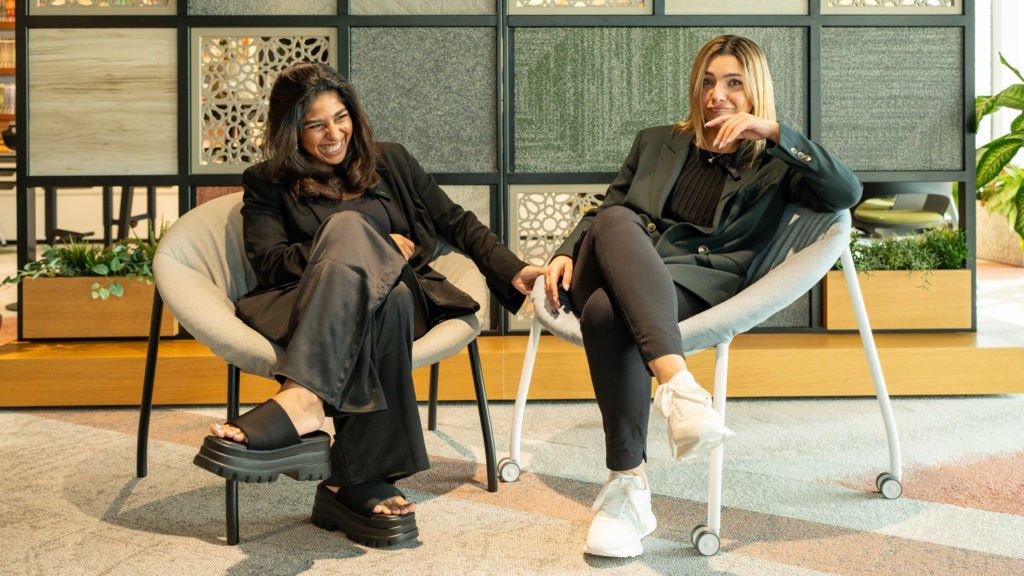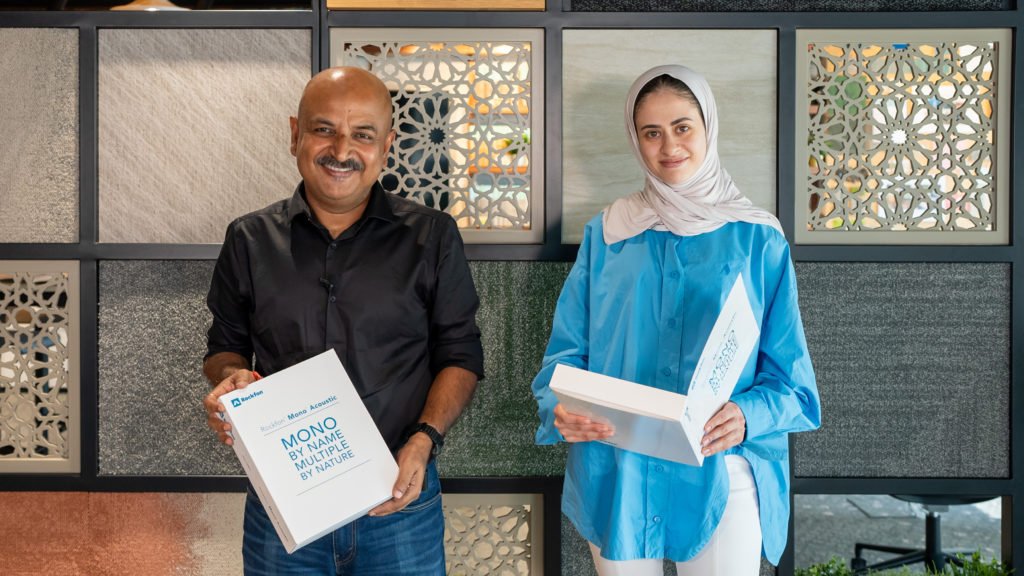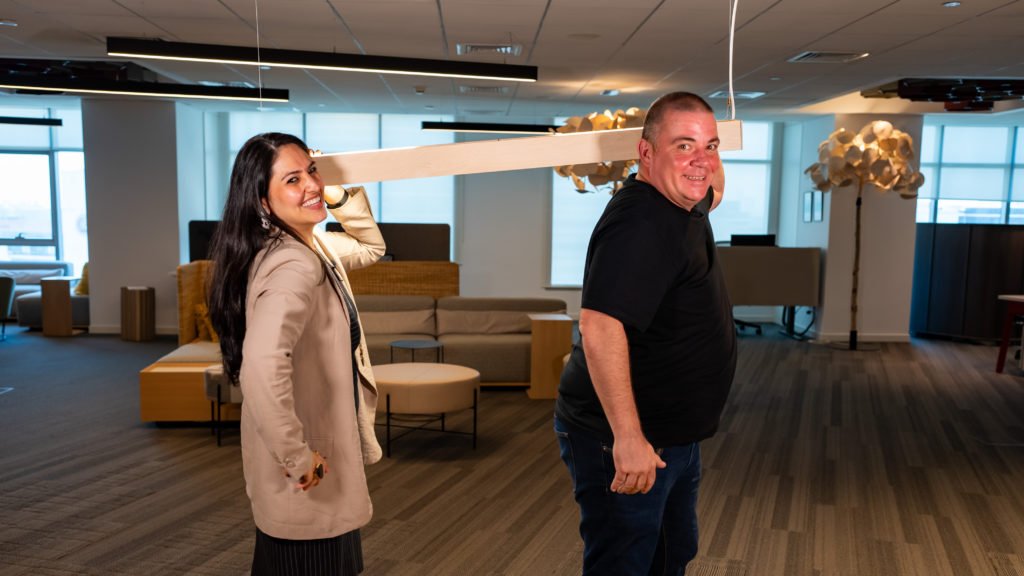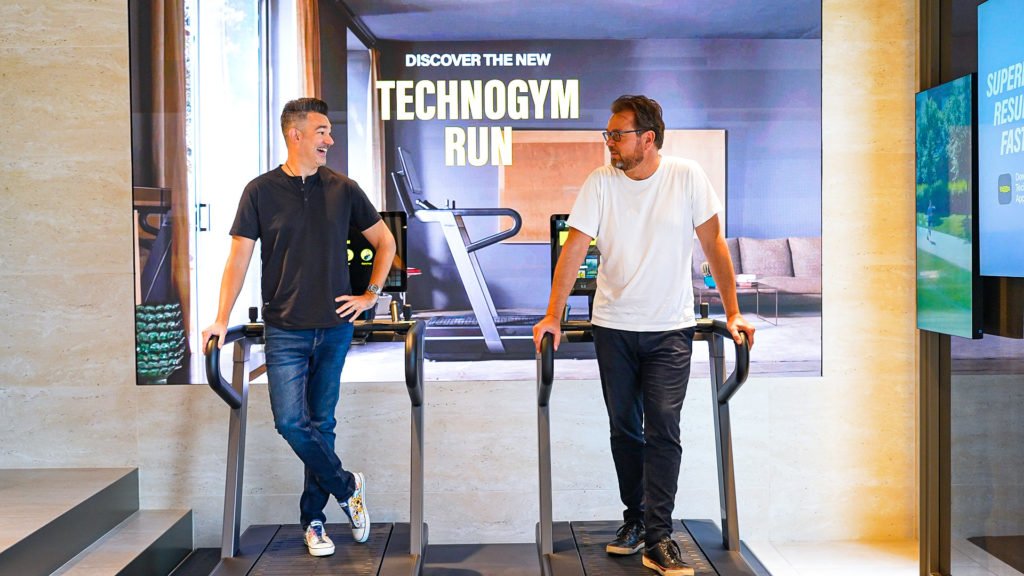The Classics Tide Collection from Mosa is unafraid to shine and stand-out, and can be perfectly attuned to the previously reviewed muted and subtle Core Collection Solids from the same brand. While this says a lot about the variety of requirements in the design industry, it also showcases Mosa’s versatility as a brand and its zest to meet the demands of designers. The Classics Tide Collection, in particular, can be installed anywhere thanks to its 100% glazed surface; and as mirrored in its name, its design muse comes from tidal ocean waves.
“The classics in the name is not because it’s a classic collection – it’s got more to do with the timeless and classic appearance of the tile; and the tide is actually referring to the ocean and the way its ebbs and flows”, explains Nico Mehlkop, Business Manager – Asia and Middle East, Mosa.

True to its name, just like the appeal of the hues of the ocean, it was the colours and tonal variations of the tiles that drew designers John Rabone and Hanin Al Rifai to them. The exuberance in the shades stirred a playfulness in them as they began experimenting making patterns with tiles and wondering where they could use the tiles as soon as they laid eyes on them. Let’s take a closer look at their overall opinions and impressions of the collection….
The Review Crew
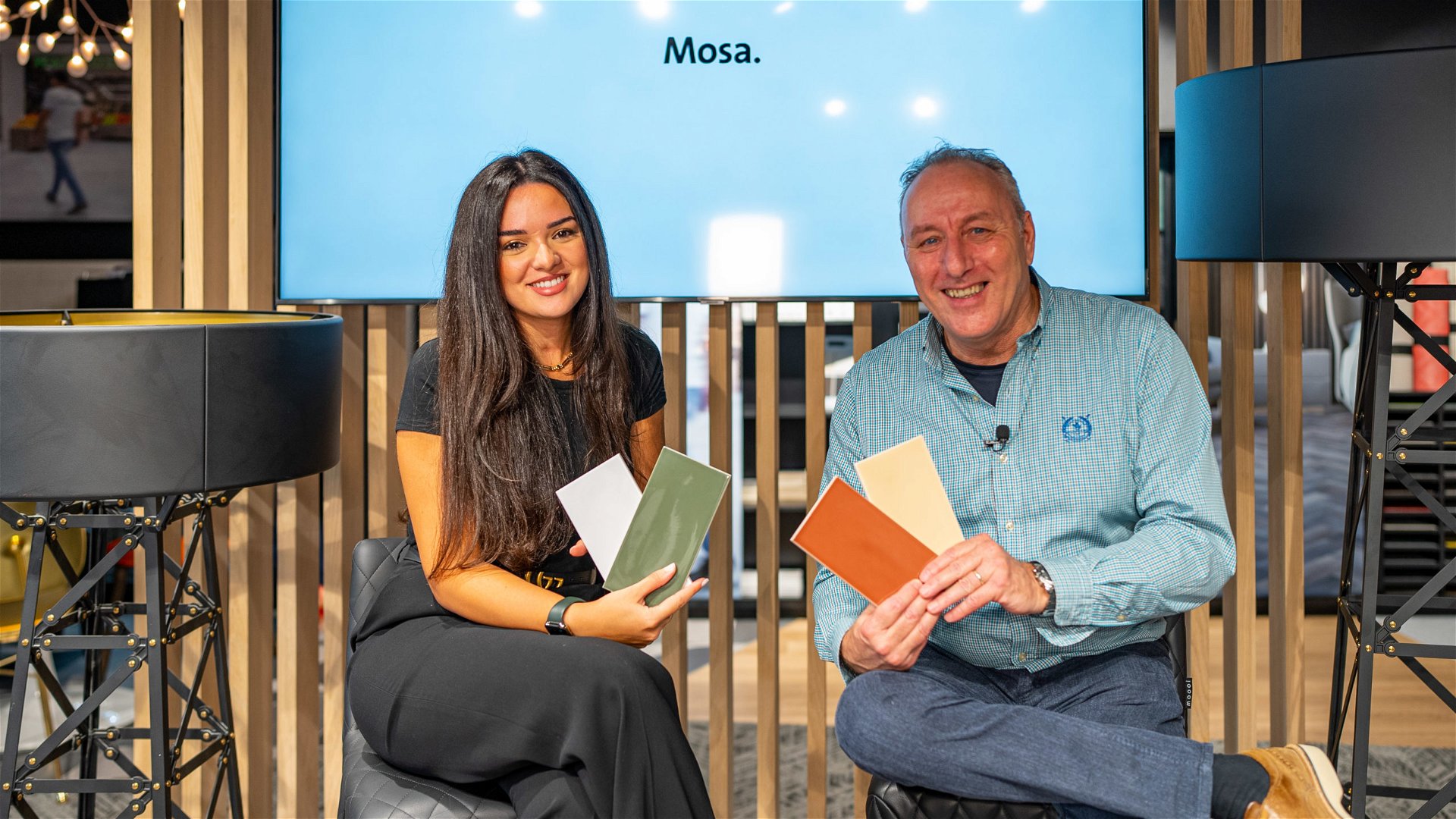
From left to right: Hanin Al Rifai, FF&E Designer, Keane Brands; John Rabone, Managing Director, R&R Design
The Grace of Glaze
“‘Tide’ also alludes to the way we produce it”, reveals Nico, “because if you look at it, it is just like a simple tile, but when you see it as a complete surface, you see the shade variations and the depth, the physical depth in the tiles.”
Produced with a pure high-quality glaze, the different reliefs allow the glaze to pool and ebb as it flows over the tile, resulting in lighter and darker shades across each tile which creates visual depth. It’s this high gloss, and how it reflects both – natural and artificial – light that makes the tiles come alive.
“These tiles do not have a flat appearance, this is pure glaze – that’s really one of the most important things to understand. It is also double fired, meaning we first fire it in a kiln when we produce the biscuit for absorption, then we apply the glaze and it’s fired again,” emphasizes Nico.
Further adding to the finesse and sophistication are the glazed edges that eliminate the need of using profiles, giving the edges a natural finish. Even the long edge of the tiles are of the same colour as the glaze, contributing to a unified, polished look.
John: I think we both like the fact that they’ve got the glazed edge – that’s a nice detail. It’s one of those bugbears that I think we all have when we go into washrooms and bathrooms where we live. You see everyday – there’s like an open glazed edge on the top and oh, that’s horrible. That’s why I think this was a standout. The overall finish on it is excellent because, you know, the double bake has really given it a nice finish that harks back to sort of the Victorian tiles that you used to see and Edwardian tiles.
An artisanal look engineered with precision – Classical appeal yet timeless
One of Mosa’s most important targets in a product is offering timelessness in its design, which in turn contributes to longevity – and the Mosa Classics Tide Collection is no different. As John pointed out, the finish and approach of the tiles is classic, but their approach in terms of colour options and arrangement variations is definitely modern and widespread.
John: We both really liked the product straight away. It appeals to us with its individuality. It’s got movement and they look traditional. The colours are something that jumped out to both of us straight away – we both loved the green colour. It’s a nice range of colours that are not too imposing. It’s one of these tiles that you can put in a scenario where a lot of designers have been using the subway tiles, which is actually getting a bit boring because they tend to be in virtually every project nowadays.
Hanin: Often in F&B concepts, usually the back of house is a private space, but now with social media, everyone films everywhere. You don’t want to have that basic white or black with different grouting just to spice it up – it’s something that can also be vibrant and still blend in with the front of house, which is where these would be very useful. It gels well with a marble floor or even wooden floor, or even a concrete floor – you can’t go wrong with it.
John: I agree. It’s a contrast, but it blends. It offers the basic colours that we use in most projects. If you want to do something out of the box, you can by mixing. I think just changing the pattern and tones. Long term, it’d be nice to have a different shape as well, wouldn’t it? Even a nice hexagonal one.
Hanin: Yes, I would love to see them in a 10×10!
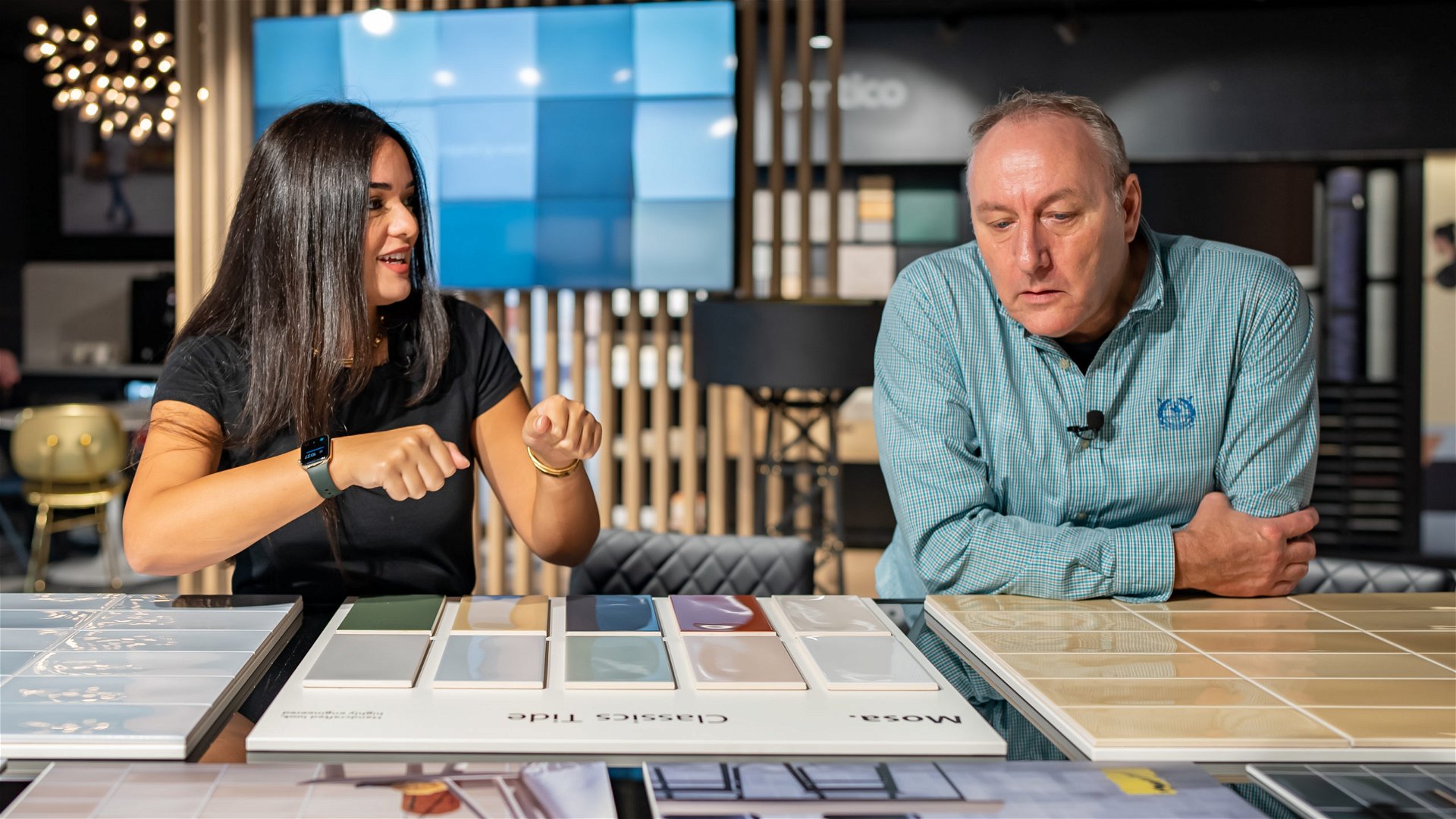
Cradle-to-Cradle for the Win
Along with its evergreen design, being Cradle to Cradle Certified® Gold also gives Mosa an edge in sustainability. “All the raw materials are sourced within a radius of two hundred kilometers of the Mosa factory in the Netherlands. People working at Mosa are the people living around Mosa. It’s the production facilities as well, even the water will be reused as a closed water cycle. All these things are part of it. If we have wastage in the factory or breakage, we can easily put them back into the manufacturing process,” educates Nico.
Hanin: It’s a huge misconception that sustainable material is more expensive – it’s actually not that in the long run, even if you’re paying VAT, let’s say 5% markup or more. You’re actually saving much more money and you’re saving your planet for your kids and your grandkids. Even in the upcoming Urban Tech District in Dubai, that is completely sustainable, everything should have a standard that you use.
John: In a couple of projects that we did for Saudi Arabia, the government was very, very stringent about sustainability – as they should be. It is the only way forward.
